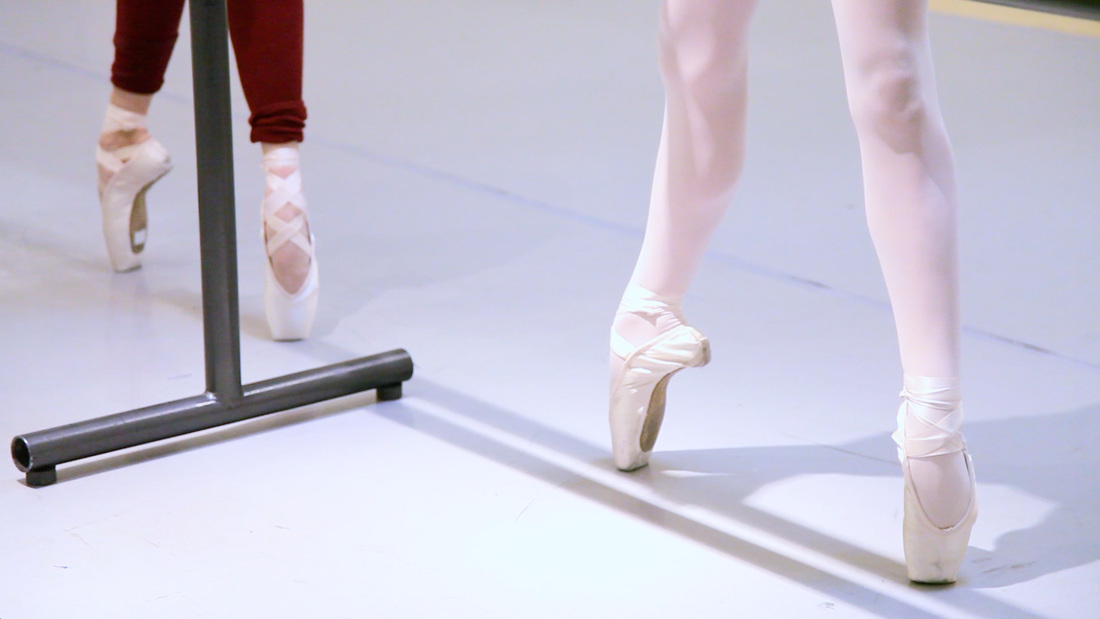|
I recently came across a great article in Smithsonian magazine entitled "A Dancer and a Scientist Deliver a New Take on the Moon Walk". The article is about a new piece by choreographer Dana Tai Soon Burgess that was performed at The Kennedy Center in Washington DC this weekend. In developing this new work Burgess interviewed numerous scientists - astrophysicists, NASA staffers, and former astronauts - in order to get a feel for the creativity that goes into their work as space scientists.
As I read the article I was reminded of several works of science fiction I had also read over the years, and I realized that there is quite a bit of overlap between these seemingly disparate fields. Here are a few examples: Harrison Bergeron by Kurt Vonnegut. This short story, published in 1961, is one of the most memorable reads from my childhood. It is a cautionary and satirical tale of a future society in which everyone is "made equal" via government imposed mental and physical handicaps. Television announcers have speech impediments, people deemed to be "handsome" or "pretty" must wear masks, and most importantly ballerinas are forced to wear weights to prevent them from moving "too gracefully". Star Dancer by Spider and Jeanne Robinson. In this novel, a brilliant dancer and choreographer is constrained in her career because of her "body type". Her solution is to develop a new form of three dimensional dance in the weightlessness of space. Ultimately, it is the art form she creates that convinces aliens bent on destroying Earth that humanity is worth saving. Grand Jete by Rachel Swirsky. This haunting story is about a holocaust survivor who attempts to create a mechanical replacement for his terminally ill ballerina daughter.
1 Comment
The Dance of the Hours is a ballet from the opera La Gioconda written by Amilcare Ponchielli and first performed in 1876. It was common in the 17th through 19th centuries for operas to include ballet, although there were notable exceptions. For example, the Holy Roman Emperor Joseph II supported both ballet and opera, but banned the inclusion of any dance (including ballet) in operas.
Like many pieces of "classical" music, the Dance of the Hours has been incorporated into many elements of popular culture. Walt Disney included an animated version of the ballet in the 1940 feature film Fantasia:
Of course, many choreographers have worked with the music from Dance of the Hours. Here is beautiful version by choreographer Gheorghe Iancu performed at the Arena di Verona in 1992:
And of course, here is the non-ballet Allan Sherman version of Hello Muddah, Hello Faddah from 1963:
Starting at 10:00pm EST on September 30, you can view live streaming videos of rehearsals, performances, and backstage activities on youtube from The Australian Ballet, Bolshoi Ballet, The Royal Ballet, National Ballet of Canada and San Francisco Ballet.
The Australian Ballet Bolshoi Ballet The Royal Ballet National Ballet of Canada San Francisco Ballet Here's a sample of what's on the schedule (all times are EST):
Complete details are at World Ballet Day Live. "There is no reason to get a young dancer up on full pointe if she can not do anything when she gets there!" - George Balanchine Most young ballet dancers are anxious to start dancing on pointe as soon as possible. After all, when they see live ballet performances or view online videos, the ballerinas they seek to emulate are dancing on pointe, so they naturally want to get to this "ideal" as soon as possible. The problem is that pointe work requires a certain minimum level of physical development, as well as the strength and conditioning necessary to work on pointe safely. Without the proper level of bone development, muscle strength, and hip-knee-ankle-foot alignment there is an increased risk of injury. In addition, dancers must commit to a minimum of three days of ballet training per week in order to maintain the level of technique, strength and flexibility necessary for pointe work. Unfortunately, we live in a culture of instant gratification. In an effort to placate students (and parents) many ballet schools agree to start students on pointe before they are ready. The truth is that there are no short cuts in developing the strength and technique necessary for pointe work. Allowing a dancer to start before they are ready is a disservice to the student. One of the major benefits of ballet training is that it teaches students the value of hard work and discipline - lessons that serve the student well in all aspects of their lives. Dancers should view starting pointe work as a goal to be achieved after a rigorous pre-pointe training process - not something that happens automatically when she reaches a certain age. An excellent and well researched paper from the International Association for Dance Medicine and Science gives detailed guidelines for determining whether a dancer is ready for pointe work. It is well worth reading.
|
AuthorI'm Allan Redstone, one of the co-owners of Opus. I'll use this blog to post news items about Opus, as well as dance and music related items that may be of interest to our school community Archives
August 2016
Categories |
||||||
|
Opus Performing Arts
207 Prospect Street Suite 201, Bellingham WA 98225 360-734-5300 [email protected] |
|
|


 RSS Feed
RSS Feed

